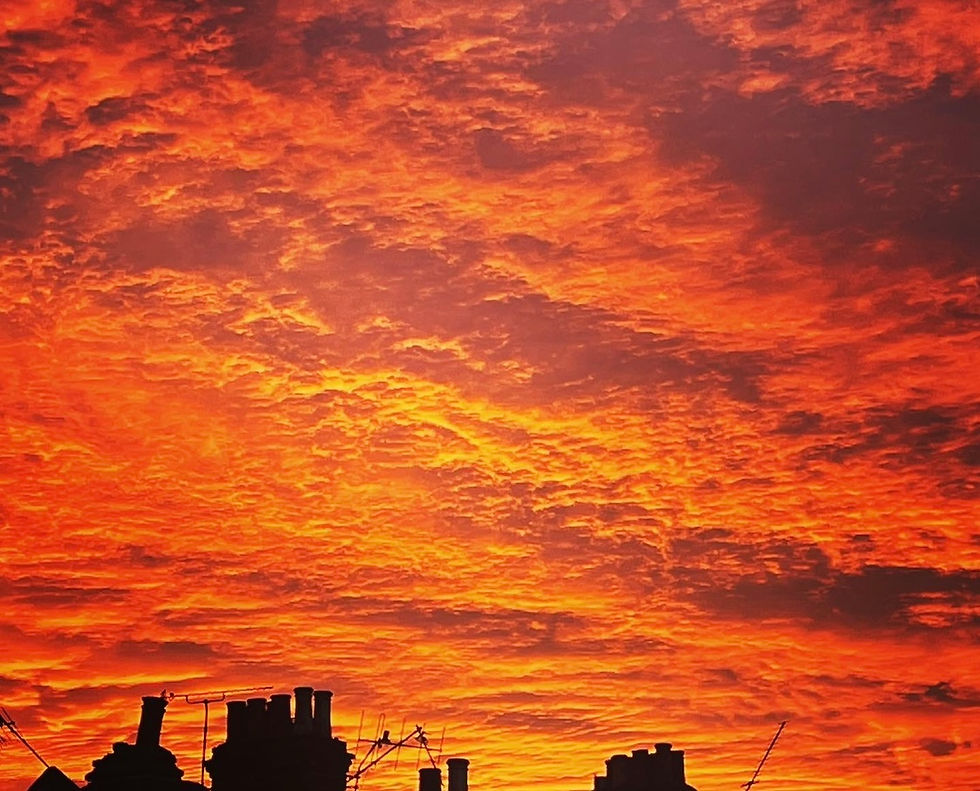Paula Rego - the power of choice
- anne

- Sep 27, 2021
- 3 min read
Updated: Sep 28, 2021

28th September is international safe abortion day, the perfect excuse – if any was needed - to celebrate the extraordinary Paula Rego, one of the most important and distinctive contemporary artists alive today. I’m rarely lost for words, but with Rego’s art, it’s hard to know where to begin. Every single one of her paintings is a powerful burst of imagination, where the political is intertwined with a deeply personal story – like it actually contains a piece of her.

I guess a good place to start is with her feminist journey, which is also how I discovered her work: through our mutual commitment to reproductive justice. Since her late teens, Rego has persistently addressed ‘difficult’, urgent themes, especially women’s rights and experience. Starting with Under Milk Wood, for which she won first prize for painting at the Slade School of Fine Art, in 1954. But, unlike Dylan Thomas’ radio play which inspired its title – it is set in a Portuguese kitchen and depicts the hegemonic gender relations.
She was shocked by the gruelling impact of the Salazar dictatorship on women’s lives and freedom – especially poorer women – and from that early feminist awakening grew a powerful, visceral painter and story teller whose imagination has never ceased to challenge patriarchal power.

It was at the Slade that she met her future husband, painter Victor Willing. In Paula Rego Secrets and Stories, the documentary directed and filmed by her son, Nick, she describes how they met. Later she painted her experience in The Wedding Guest: a half-undressed woman. She talks frankly about their relationship and ‘sleeping around’ which, in a era when there was no contraception, inevitably led to a unwanted pregnancies - and abortions - a subject she is resolutely passionate and uncompromising about.
Women paid a hefty price for unprotected sex and ‘men simply didn’t care’. In the 1960’s, when abortion was illegal – but nevertheless common - many paid with their lives. She recalls her own abortions, the absence of guilt, the shame of single motherhood – especially in conventional societies like her own. Having an abortion meant she could continue her studies and become an artist. The ability to make that choice had a profound impact on her and later led to a whole series of pictures, which she painted with a very clear purpose: to help change the law in Portugal.
After the fiasco of the first Portuguese abortion referendum in 1998, when not enough people voted, she became determined to do what she could to influence people to vote for the liberalisation. The Untitled: The Abortion Pastels show lone women and girls undergoing 'back-street' abortions. In a mixture of pain and eroticism, some with their legs splayed, could be awaiting ‘penetration from the abortionist’s hands or penetration from a lover, because the two things are so deeply tied’; others are crunched up in agony. The pictures are brimming with her fierce political intention - to end the senseless suffering and disempowerment that come with illegal abortion. And whether you like them or not, it is impossible not to be moved by their sheer honesty and rawness. They are impossible to un-see.
Her resolve paid off. The second referendum, in 2007, saw a majority of voters (59.24%) come out in favour of much-needed law reform. To this day she remains a staunch advocate for reproductive justice, and the pictures, which she believes are the best work she ever produced, are a beautiful testament to her feminist struggle and important legacy to the movement. They also gave me an opportunity to meet her in 2005, at the height of the anti-abortion brigade campaign to reduce the time limit for abortion in Great Britain. Watching the documentary reminded me of that meeting. Her candidness and generosity come through in her voice – as does this extremely rare trait in people that combines softness and defiance. She is truly fascinating - and her work mesmerising.
Whatever you – don’t miss her show! It's on at Tate Britain, until 24th October 2021.
If you want to support reproductive justice organisations based in the UK, check out Abortion Support Network or Abortion Talk.











Comments